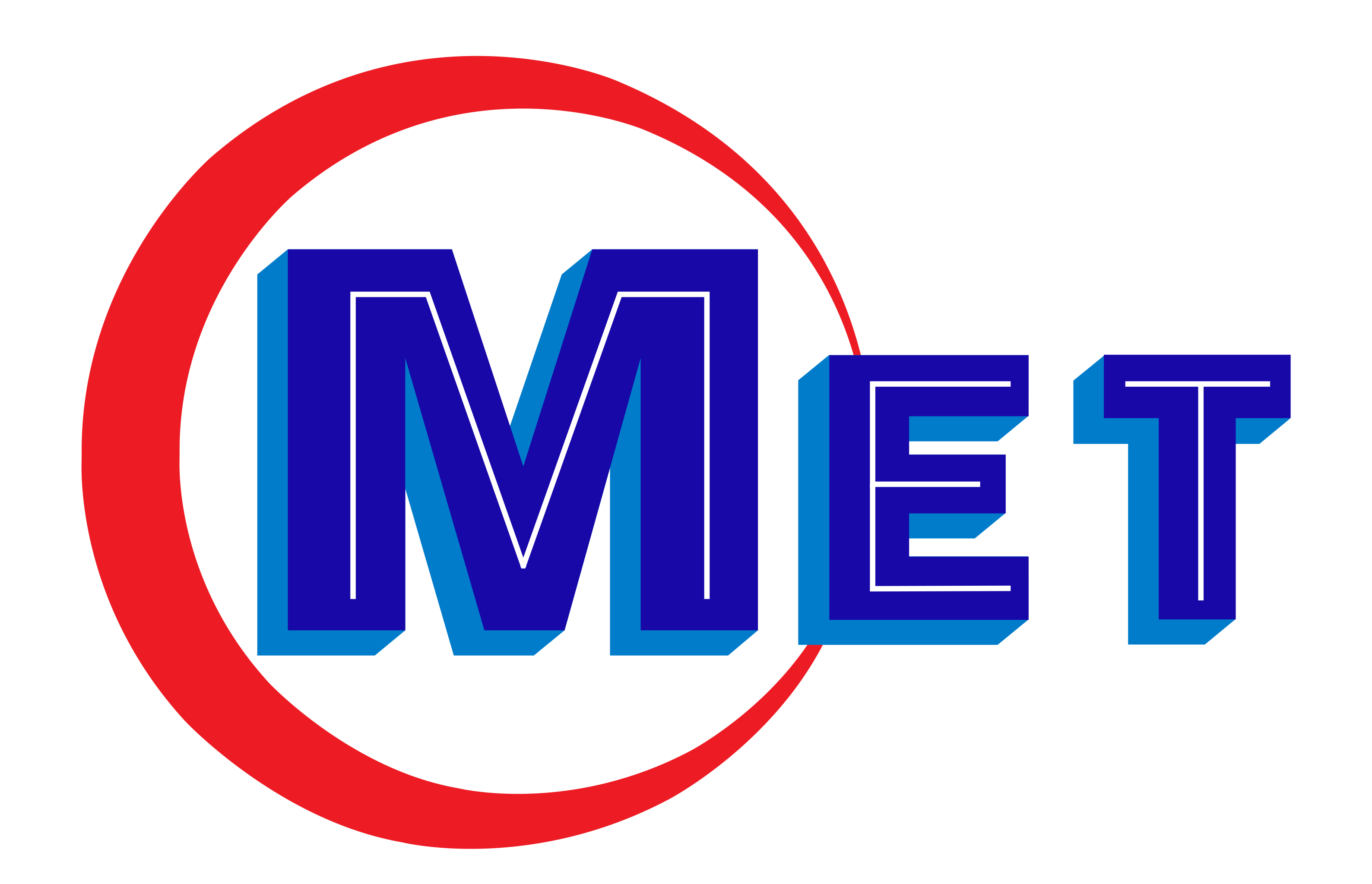Future of the Power tools
In the ever-evolving landscape of technology, power tools stand as indispensable assets across industries. From construction sites to DIY enthusiasts' workshops, these tools empower users with efficiency and precision. However, as the world progresses towards sustainability and digitalization, the future of power tools undergoes a transformative journey. Let's delve into the innovations shaping this future and the pivotal role they play in sustainability and digital advancement.
Smart Connectivity:
The integration of smart technology into power tools marks a significant leap forward. Imagine a power drill that adjusts its speed based on the material it's drilling into or a saw that provides real-time feedback on cutting angles. These smart features not only enhance productivity but also ensure safer usage through built-in sensors and automation.
Sustainable Solutions:
With environmental consciousness on the rise, the power tool industry is embracing sustainable practices. Manufacturers are exploring eco-friendly materials, energy-efficient designs, and recyclable components to reduce their carbon footprint. Moreover, advancements in battery technology are driving the shift towards cordless tools powered by rechargeable lithium-ion batteries, minimizing reliance on fossil fuels.
Precision and Performance:
Future power tools are poised to deliver unparalleled precision and performance. Innovations such as laser-guided cutting, computer-assisted design, and 3D printing allow for greater accuracy and customization. Whether it's shaping intricate woodwork or executing complex construction projects, these tools empower users to achieve perfection with ease.
Ergonomic Design:
Comfort and usability are paramount in the design of future power tools. Ergonomically engineered handles, lightweight construction, and intuitive interfaces ensure user comfort and minimize fatigue during extended usage. This focus on ergonomics not only enhances productivity but also reduces the risk of injuries and strain-related issues.
Augmented Reality (AR) and Virtual Reality (VR):
The integration of AR and VR technologies revolutionizes training, maintenance, and troubleshooting processes associated with power tools. Users can receive immersive training experiences, visualize complex tasks, and access real-time assistance through AR-enabled smart glasses or VR simulations. This not only enhances skill development but also streamlines maintenance procedures, ultimately improving tool longevity and efficiency.
Collaborative Robotics:
The advent of collaborative robots, or cobots, introduces a new paradigm in power tool usage. These robots work alongside humans, assisting in repetitive tasks, heavy lifting, and intricate operations with precision and safety. By augmenting human capabilities, cobots optimize workflow efficiency and ensure consistent quality in manufacturing and assembly processes.
Conclusion: In the vast landscape of industrial machinery, geared reducers stand as unsung heroes, quietly driving progress and innovation across diverse sectors. From their humble origins to their modern-day precision engineering, these mechanical marvels embody the ingenuity and craftsmanship of generations past and present. As we embrace the future, industrial-type geared reducers will continue to play a pivotal role in shaping the industrial landscape, powering the engines of progress with unwavering reliability and efficiency.
